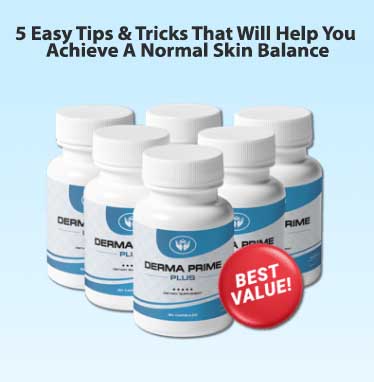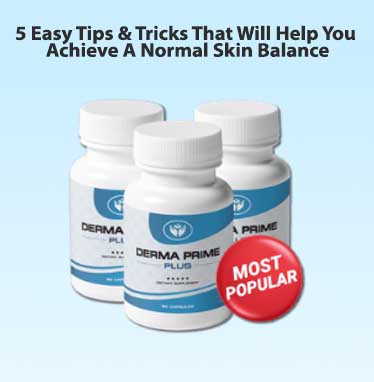Adult acne affects 25% of all adult men and 50% of adult women. One third will be affect by facial scarring and also have acne on their body. Dermatologists are also reporting that they are seeing more adult acne than in previous decades. (1)
Dermatologists also report that approximately 75% of teens between the ages of 12 and 24 will also experience acne in mild, moderate or severe form. Many of these teens will also require either over-the-counter medications or prescriptions from a dermatologist in order to clear their skin. (2)
Regardless of when someone struggles with acne, it can be difficult both emotionally and physically, and cause depression and social anxiety in either adults or teens.
Adult acne and teenage acne are different in several different respects. In the first case, quality and function of the skin will be different between a teenager and a 40-year-old. This means that the products used in order to treat the acne condition must be different in order to accommodate the individual who is using them.
Another key difference between teenage acne and adult acne is the underlying oily skin. Adults will either have dry or oily skin but many teenagers who suffer from acne will be plagued by oily skin, especially in the t-zone. The T-zone is the area across the forehead and down the center of the face to the chin.
It is the excess oil production, often from imbalanced hormones in the teen years, combined with bacteria and dead skin, which can easily result in a large number of whiteheads, black heads, pustules and pimples.
However, adult acne often accompanied by dry skin, is even more problematic. Because of the misconception that moisturizers can negatively affect an acne outbreak, many adults also suffer from dry and flaking skin, causing a rebound oil production in the lower layers. Adult acne is not always accompanied by the same emotional roller coaster that teenagers experience, but it does continue to cause enough angst that women will not leave the home without makeup and men will grow a beard in order to cover up their outbreaks.
Many of the over-the-counter products used to treat acne are developed for teenage skin. It is important that adults consult with a dermatologist or their primary care physician before attempting to use just any product. Adults will have more success using natural products then do teenagers and teenagers will have more success using products which eliminate the oil from the skin than will adults.
Most acne will increase the risk of scarring on the skin but adult acne has an increased risk. Adult skin will not heal as quickly and will be drier than teenage skin. As a result, acne will more easily result in scar tissue that might require treatment from a dermatologist to remove.
Some dermatologists believe that the best overall product to treat adult acne is benzyl peroxide. However, it must be administered in a very specific way to get the most positive results without drying the skin and causing more redness.
Many adults finds that by using 2.5% benzyl peroxide they get a significant positive results. Using a gentle face wash to prepare the skin first will remove surface soils and allow the benzyl peroxide to penetrate more easily. Washing gently will help avoid irritating skin.
Benzyl peroxide works by oxygenating the skin and is also a mild drying agent. Using 2.5% benzyl peroxide has been found in clinical studies to be just as effective as 5% and 10% but much less irritating. Some individuals have found that by increasing the amount of 2.5 benzyl peroxide will increase the effectiveness of the product.
The final step is to apply a good moisturizer to keep the skin balanced and reduce flaking.
This particular treatment regimen appears to have the same degree of success in adults and teenagers. However, teenagers appeared to react better to salicylic acid, another common ingredient in over-the-counter treatment medications, then do adults.
(2) British journal of Dermatology: The Prevalence of Acne Vulgaris in Adolescence


